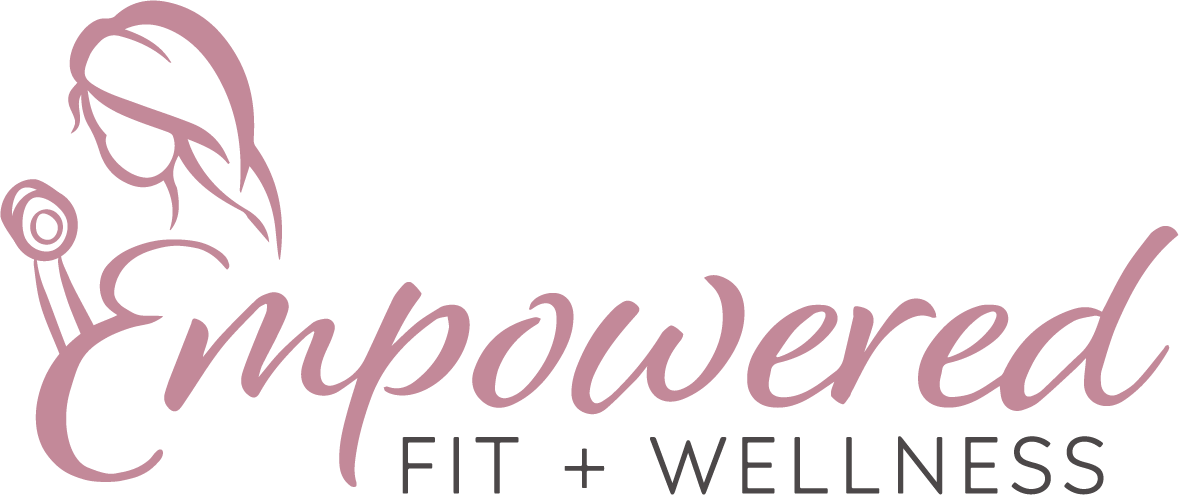Exercises To Avoid During Pregnancy
To understand why an exercise should be avoided we must first understand the body. ⠀
⠀
During pregnancy the hormone relaxin kicks into high gear to relax your tissues and joints in order to create room for your growing baby. ⠀
⠀
This is great! But with laxity also comes reduced stability of the joints which increases the risk of over stretching & injury. ⠀
⠀
When you’re not of aware of this change and continue your same workout routine without any modifications you may experience: ⠀
⠀
👉🏼Falls (lack off balance)⠀
👉🏼Diastasis Recti beyond pregnancy
👉🏼Pelvic Pain (SPD, SIJ) ⠀
👉🏼Among other aches & pains⠀
⠀
So when it comes to exercises to avoid there is not a one list fits all approach. It’s not about avoiding x, y or z, but more about knowing what to look for, trying the exercise and seeing how your body responds to it before putting it in the do not do list.
⠀
Before engaging in a workout routine, here is a list of common exercises you may want to consider before
1️⃣Jumping Jacks ⠀
2️⃣Sit Ups/crunches (specially after 1st trimester)⠀
3️⃣Plyometric Style Moves (high impact) ⠀
4️⃣Contact Sports ⠀
5️⃣Biking (balance shifts) opt for stationary.
⠀
In addition to this list, what is most important is asking yourself the following questions when doing the exercise.
Am I feeling any symptoms from this move? (back, hip, pelvic floor, core)
Is it requiring exaggerated lower body separation? ⠀
Does it feel uncomfortable on my pelvis? Do I feel a lot of pressure on my pelvic floor?⠀
Is it placing added pressure on my core, causing my belly to cone/bulge down the midline?
Am I leaking urine when I do it? ⠀
⠀
If your answer is yes to any of these questions my first recommendation would be seeking the guidance of a pelvic floor physical therapist. Now if that is not an option for you here is what you can do.Try the move again while being more conscious of your breathing and how you're recruiting your core and pelvic floor during the exercise. Being able to manage intra abdominal pressure through proper breathing can often make a big difference.
Now if that doesn’t help and you’re still having symptoms, regress the exercise. Find a modified version of the move that minimizes the symptoms and feels right for your body.
Check out this blog on 8 breathing exercises to connect to your deep core. A must do for pregnant and postpartum people.
